한식 읽기 좋은 날
The Colorful Journey of Street Food
Editor’s Letter
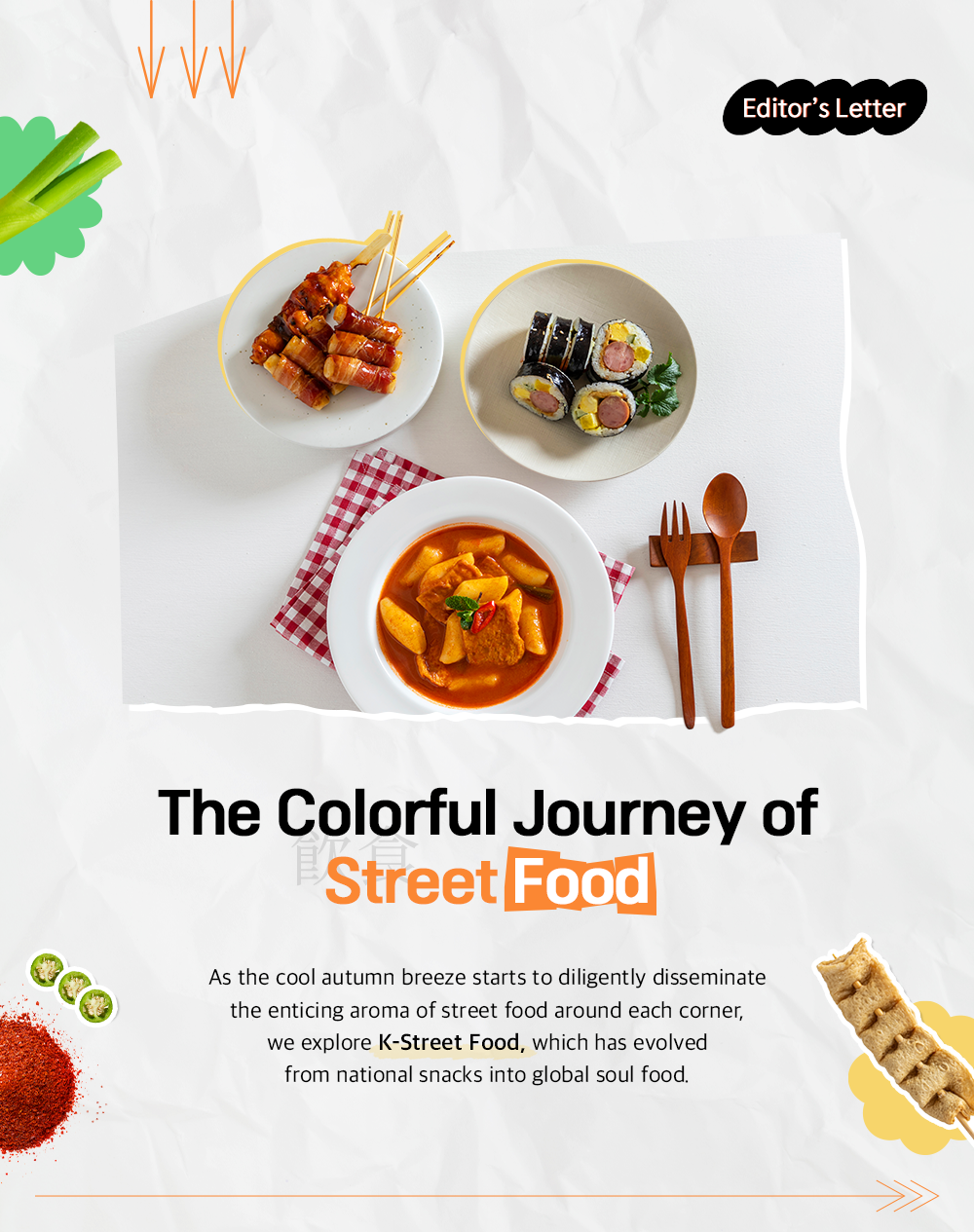
Recently, among international tourists, visiting a ‘market’ has been on the must-do list when traveling to Korea. This trend is driven by the familiarity with Korean street food gained through K-contents such as dramas, movies, and YouTube videos. Street food not only showcases the local culinary culture and popular food trends but also serves as a significant medium and cultural symbol for experiencing the country’s culture and history.
Korean street food culture has evolved from traditional markets continuing to thrive across various spaces including the vibrant food stalls of the modern economic boom, food trucks, and today’s convenience stores that have recently taken over the streets. Let’s explore the evolution of K-street food, which is now extending its influence abroad and writing a new chapter in its history.
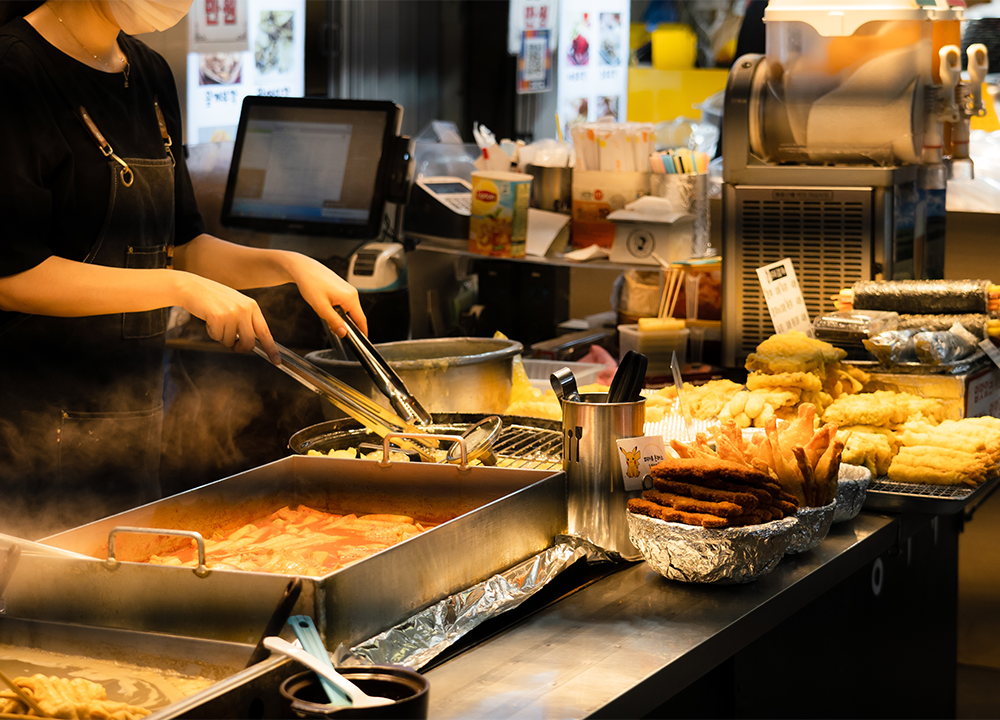
The Chronicle of Korean Street Food: From Gukbap to Cupbap
The history of street food in Korea dates back to the peddlers of the late Joseon Dynasty. It began with the markets of the late 15th century, which, by the mid-18th century, flourished with approximately a thousand five-day markets taking place. Peddlers traveled between various markets to sell their goods, and inns that provided lodging and meals acted as early forms of eateries, creating roadside tavern villages. This marked the beginning of Korean street food culture.
At these inns and taverns, dishes like seolleongtang (ox bone soup) and janggukbap (beef and rice soup) were commonly sold, thanks to the abundant meat and by-products resulting from the strengthened royal court ceremonies of the time. Street food, therefore, mirrors each era’s social and economic conditions. Notably, Mugyodong's Mugyotangban was highly renowned; it is said that the 24th king of Joseon, Heonjong, was so fond of the soup that he would disguise himself and travel to Mugyodong to enjoy it. Besides gukbap, a variety of street foods including guksu (noodles), tteokbokki (stir-fried rice cake), mandu (dumplings), and bindaetteok (mung bean pancake) also emerged during this period.

After the Korean War, the demand for affordable and convenient food in markets surged, leading to the widespread popularization of foods like tteokbokki, sundae (blood sausage), and fried snacks. Street snacks such as bungeoppang (fish-shaped bread), hodugwaja (walnut cake), and hotteok (syrup-filled pancake) also gained popularity. In the evenings, pojangmacha (street food stalls) provided comfort to people, offering a place to unwind with a drink and chat about the day’s events. Markets and food stalls, which developed around regional specialties, frequently appeared in movies and dramas, sparking curiosity among foreigners.
Since the 2000s, fusion street foods and innovative menus have emerged, shaping a unique Korean street food culture. New creations like tornado potatoes, Korean-style hot dogs, and street toast have been developed, while 'cupbap'—a quick and affordable meal option popular in hagwon (private educational institution) areas—has become a notable addition to the street food scene.

Royal Delicacies Enjoyed as Street Food
Throughout history, street food has occasionally found its way to royal tables, and conversely, luxurious dishes sometimes enjoyed by royalty and the upper class have transitioned to street food. The origins of janchiguksu (banquet noodles) trace back to the Three Kingdoms period, where it was a cherished dish for celebrations like rituals and weddings, originally made from buckwheat or soybean flour. It was during the late Joseon Dynasty that janchiguksu became widely beloved, with noodle shops becoming nearly ubiquitous. Variations such as bibimguksu (spicy noodles), onmyeon (warm noodles), and naengmyeon (cold noodles) also emerged.
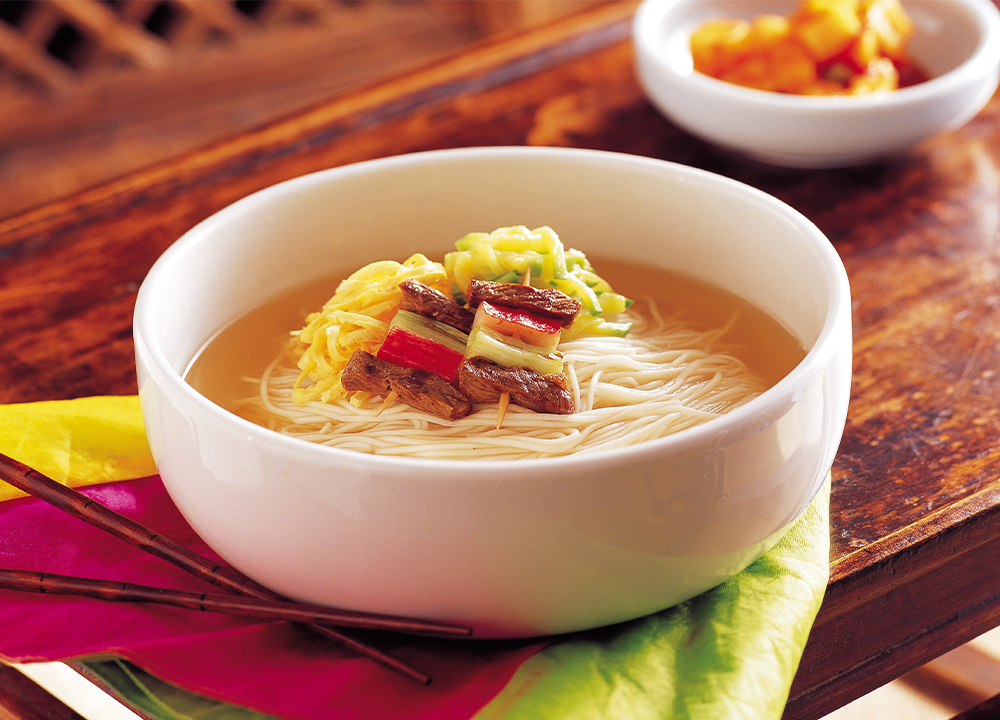
Tteokbokki, now a beloved street food, was also once enjoyed by the royal family. Traditionally, it was made with beef and perilla seeds for ceremonial occasions, with spicy versions featuring chili pepper being enjoyed as a delicacy. The tteokbokki we know today became popular as a street food after the Korean War. It has since become a quintessential street food, evoking nostalgia for many, and is now available in a variety of meal kits.
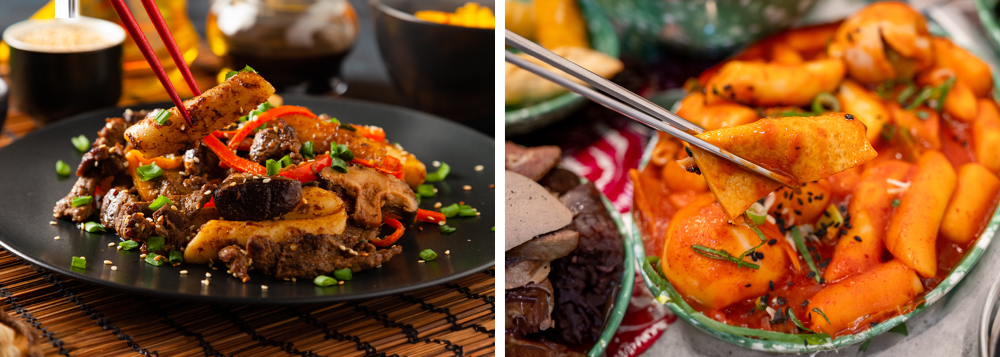
Dongnaepajeon, which was presented to the king by the governor of Dongnae during the Joseon Dynasty, is an example of regional cuisine being offered to royalty. Dongnaepajeon is a pancake made by pan-frying a rice flour batter with green onions from Gijang and water parsley from Eonyang, topped with various seafood and eggs. It was a high-class dish served in restaurants until the period of Japanese colonial rule, but became a popular street food after liberation, being sold at Dongnae market.
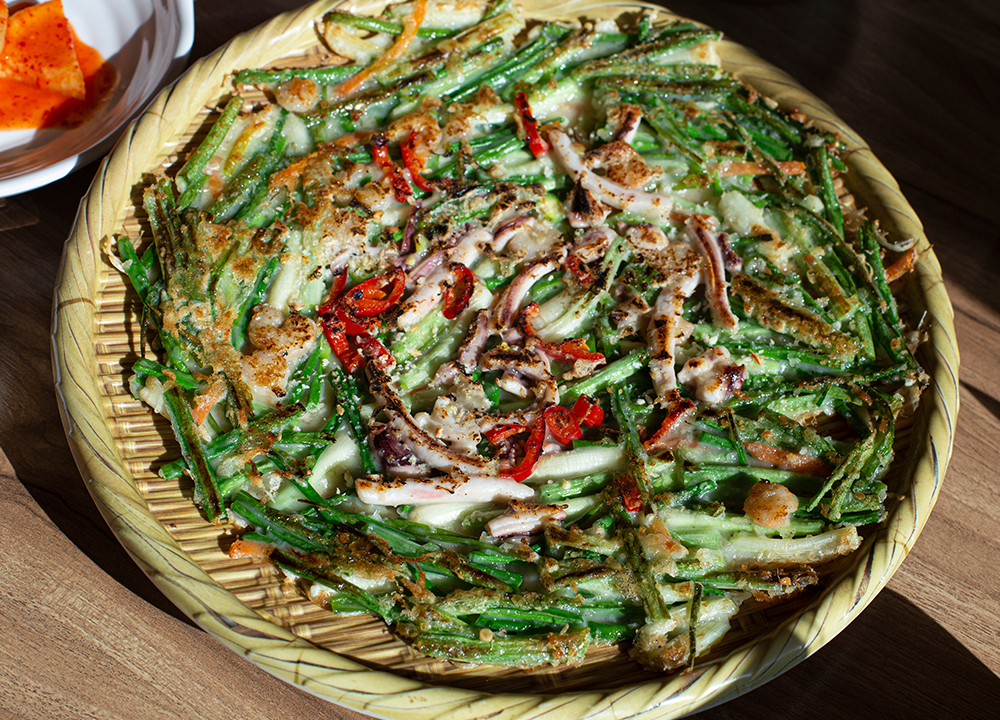
The Current State of K-Street Food
Street food, with its rich historical and cultural context, evolves alongside fascinating narratives and traditions. A single dish of street food encapsulates history, culture, tradition, social dynamics, and trends. Korean street food is particularly adept at balancing traditional 'classics' with trendy 'hip' elements, reflecting the country's quick adaptability and sensitivity to change.
The charm of Korean street food, known as K-Street Food, has also gained international acclaim. As interest in Hansik and street food culture has risen through K-content, Korean street food meal kits and processed products are becoming immensely popular abroad. Services delivering food boxes that offer a taste of Korea's popular flavors have also emerged. Tteokbokki has expanded its reach beyond the US to the European market, and a famous Hollywood star has introduced gimbap as a healthy recipe. CNN even included gimbap and tteokbokki in its list of '50 Must-Try Street Foods and Drinks in Asia’, highlighting tteokbokki as "a comfort food that is much loved in Korea".
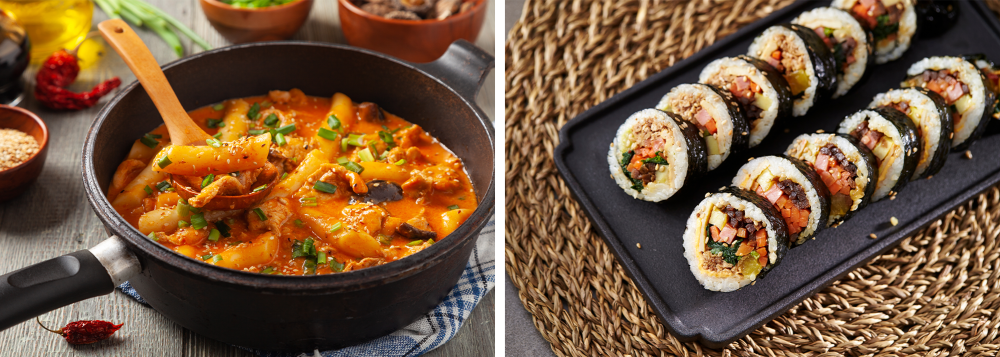
Street food, known for its comforting qualities, is often referred to as 'soul food'. As Korean street food evolves from being a comfort for Koreans to becoming soul food for people around the world, it embarks on a boundless journey.
References Electronic Encyclopedia of Korean Folk Culture <Food Culture of the Joseon Dynasty, Sang-bo Kim, Garam Planning, 2006>, <Humanities of Hansik, Dae-young Kwon, Health Letter, 2021>, Maeil Business Newspaper <"Comforting Food"… CNN's Top Korean Street Food>

 한국어
한국어
 English
English






